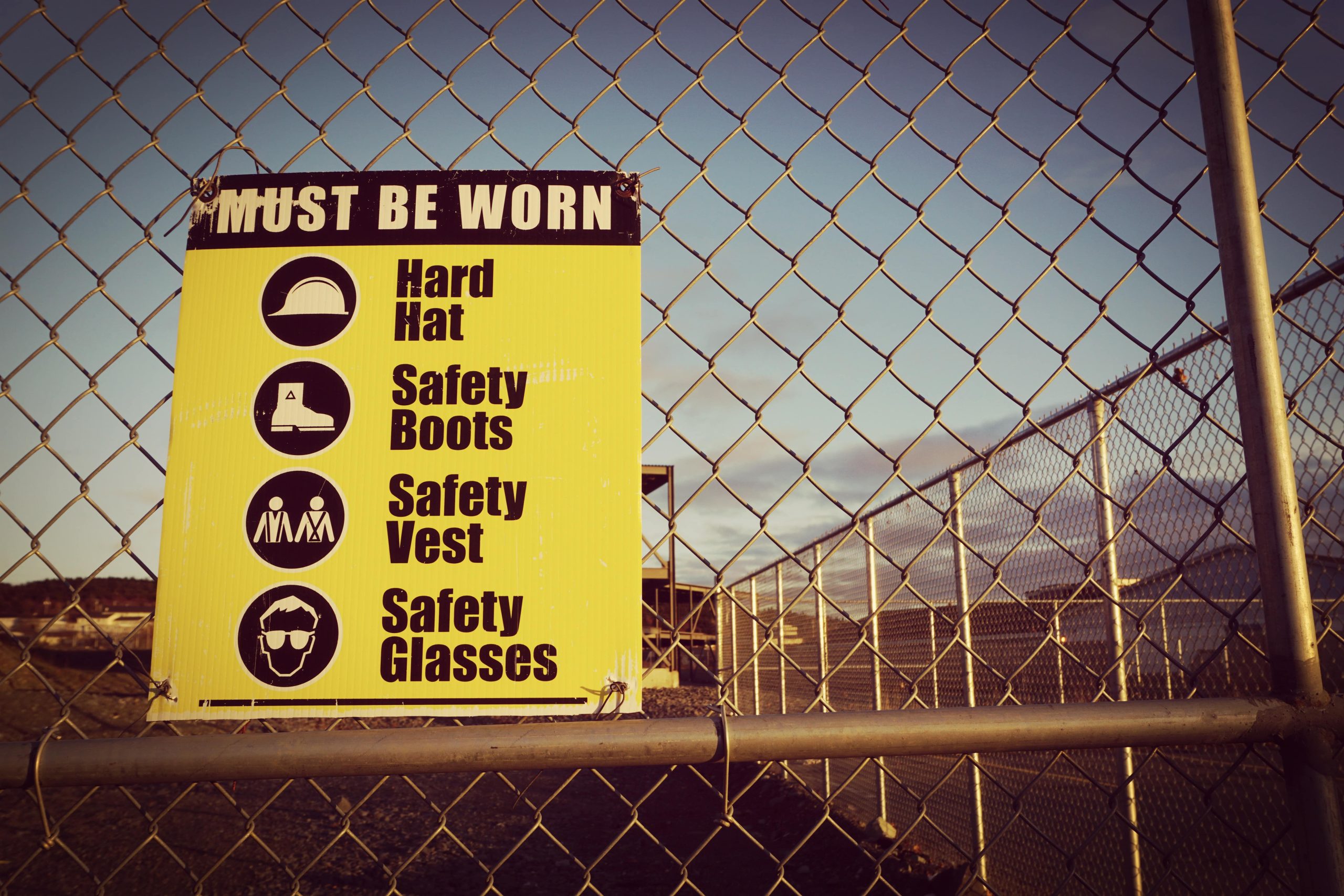Professionals have worked in hands-on careers for hundreds of years, and today—despite the rise of all things digital—skilled trades remain as significant as ever. Modern trade workers are foundational to the world, creating all the infrastructure our cities need to thrive.
But the rate at which Gen Z, the youngest demographic of workers, is applying for trade careers dropped a drastic 49% between 2020 and 2022. The growing skilled trade shortage spells trouble for companies, but for workers, it has turned the field into a land of opportunity.
As a skilled trades staffing firm of over 80 years, Skinner can attest to the massive demand for skilled trade workers today. We’ll explore the labor shortage and how it affects the future of skilled trades, including how it has turned trade jobs into some of the best career paths.
Demand for Skilled Trade Workers Is Growing
When it comes to construction and extraction occupations alone, the Bureau of Labor Statistics estimates that over 720,000 new openings will appear each year. If demand continues to rise without significant increases in supply, filling these positions will be an uphill battle for businesses.
The shortage of skilled trade workers has already led to plenty of repair and construction delays and even a stunted economy. At this rate, businesses could face worse. As the skilled trade worker population ages—56% are already nearing retirement at 50-65—businesses will have to battle many misconceptions to get young workers in the field.
Most young people avoid skilled trades because they view it as physically demanding, unsafe, dirty, and low-paying. However, the growing skills gap sheds light on how outdated their perceptions are. Trade jobs are among the most promising career paths for the future.
Why Trade Jobs Are a Promising Career Path
As hiring gets more competitive, trade skills are bound to provide the power of choice. Whether candidates seek flexible contract work or long-term gigs, entering this field unlocks many opportunities. Here are four ways demand has driven the appeal of skilled trade jobs.
Competitive Compensation
It’s time to shed the belief that blue-collar jobs are low-paying jobs. Working in the trades has become a lucrative career path, and wages and salaries are only rising with so many companies competing for the same talent. Some of the highest-paying trade jobs, like construction management and elevator repair, earn well over $80,000 annually on average. Plus, $50,000 is now considered a starting salary in the skilled trades industry.
Long-Term Job Security
The need for skilled trades isn’t fading away any time soon. Demand drives a lot of job security for trade workers, who are increasingly valuable assets for the companies they support. Even if worse comes to worst and a skilled worker is let go, they will find opportunities elsewhere quickly. Demand is that strong.
Faster, More Affordable Education
People who learn a skilled trade can quickly benefit from a significant return on investment. After five years, the average trade school grad is $140,000 ahead of four-year college grads.
As higher education costs continue to rise and overwhelm students, going to trade school proves to be a financially smart decision that reaps similar salaries. Most aspiring skilled workers can complete trade school in two years or less, drastically reducing loan sizes (if not eliminating the need for loans).
Rising Innovation
Many people outside of skilled trades don’t recognize the level of innovation in the industry. In a field once known as unsafe and demanding, companies are implementing cutting-edge tech—from 3D printing to artificial intelligence—to improve accuracy, reduce accidents, and eliminate a lot of grunt work. This innovation will continue as businesses look for creative ways to overcome the skills gap, which means new workers will also be welcome to bring their ideas to the table.
Enter the Future of Skilled Trades in Prime Position
The lack of trade workers in the country has been challenging for employers, but it’s unlocking new opportunities for job seekers. While misconceptions of the field as physically demanding and unsafe continue to deter younger generations from joining, the fact is that innovation is changing the field faster than anticipated. Plus, skilled trade careers are becoming more lucrative and more secure than ever—without the need for expensive college degrees.










